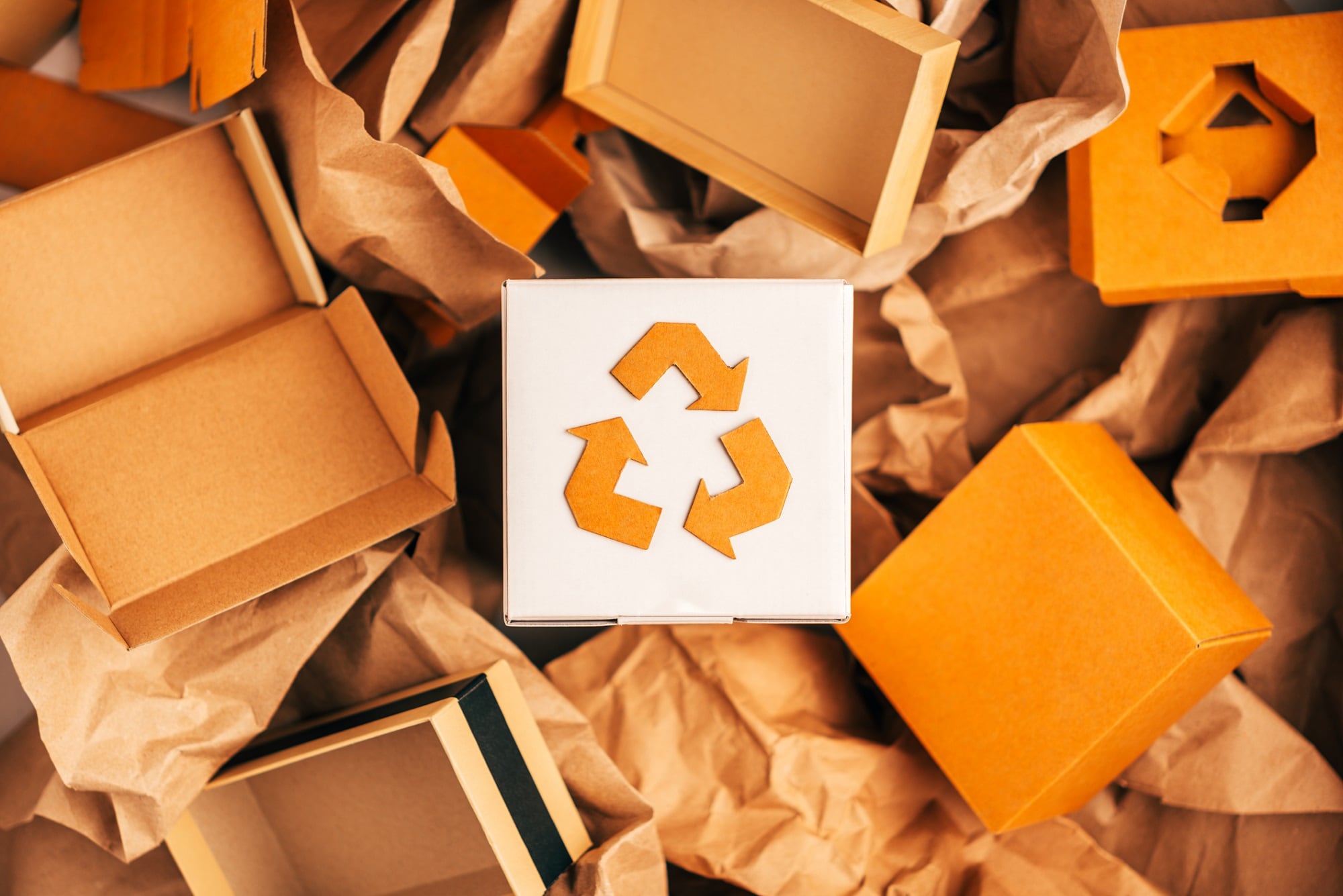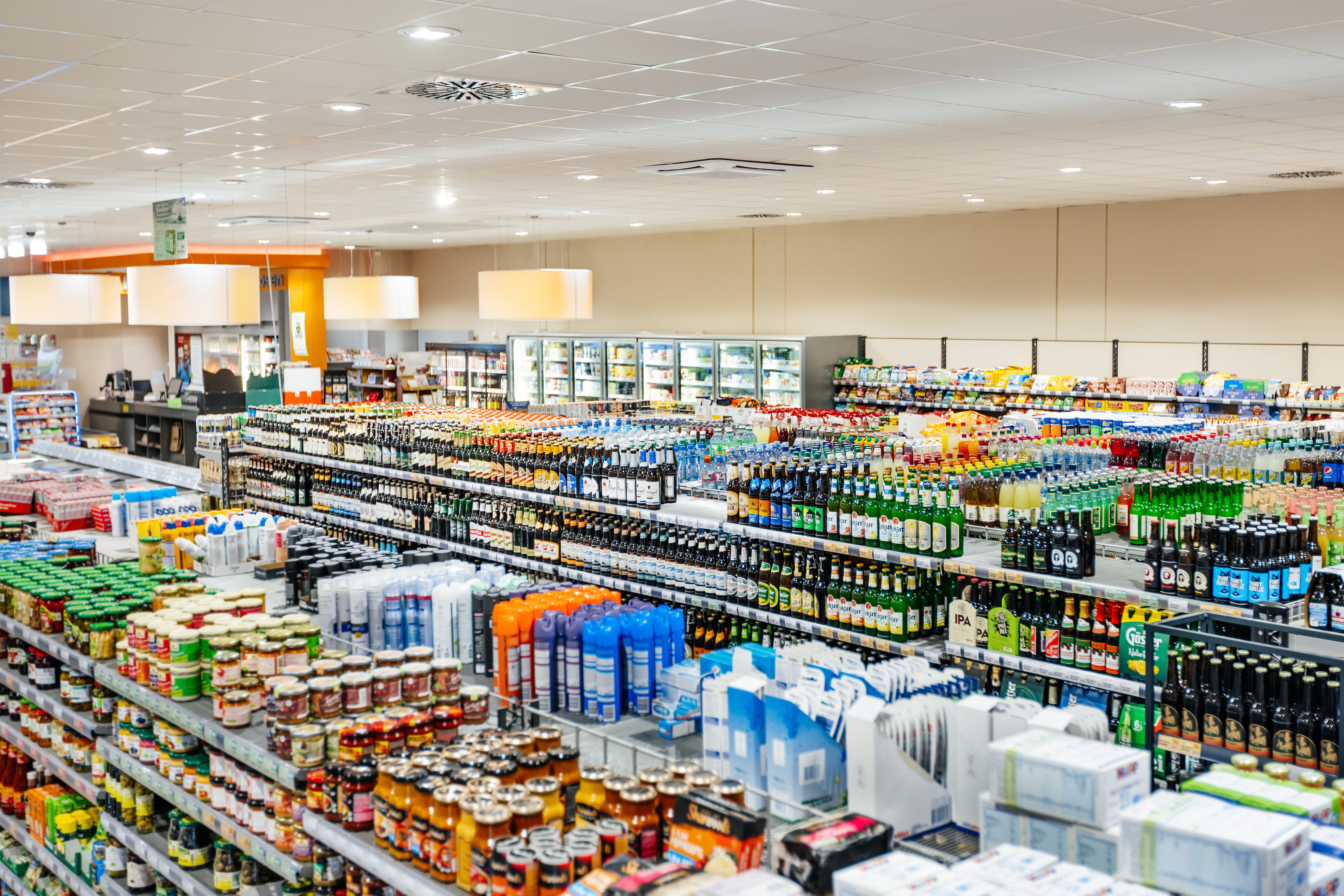At last week’s Packaging Innovations Show at the Birmingham NEC, UK, a panel that included Reckitt senior manager of polymer science Martin Settle tried to answer what’s holding paper back to becoming a one-size-fits-all solution; whether plastic would ever truly go away, and what are some of the environmental and business implications when it comes to investing in a fiber-based solution.
Hosted by Tim Sykes, brand director at Packaging Europe, the panel also comprised Claire Gusko, co-founder of start-up one.five; Dimitra Rappou of the Confederation of Paper Industries, and Graham Tilley, MD at InterFlex Group UK.
Among the big trends in packaging sustainability, paperization – also referred to as fiberization – has been one of the most significant in recent years. From confectionery to snacks, manufacturers have been switching to fiber-based packaging at a fast rate, with new innovations pushing the boundaries of what can be done with the material.
But is it all-good when it comes to paperization - or are there significant negative business and environmental impacts?
One big R&D journey for Reckitt
Reckitt’s Martin Settle said: “What we found through looking at the materials is that paper doesn’t work for everything: it’s good for some things and for others, it’s a stretch. So we are always going to have plastic there in some way, shape or form.”
“It’s got to be the right material for the right application, product, and consumer. But regulations and retailer demands play a major part.”
Martin Settle, Reckitt
He added that the company now knows ‘a little’ about paper but testing has identified some of the gaps – and collaboration with industry stakeholders is key to filling them.
“[That includes] things like barrier – [it could work for] 11-12 months [but] two years is a real stretch. And it’s the simple things that we’ve learned – that paper really loves moisture.
“So to really push paper to replace plastic – especially in laminates and the like – we’re going to have to apply science, engineering, new technologies and combined technologies to make it work.”
The company has also had to ensure it sources paper sustainably and consider end-of-life implications at the outset. “End-of-life is as critical as beginning of life,” Settle said. “We don’t want a good thing at the beginning that would be causing a problem down the line.”
Factors such as carbon emissions, reuse and recyclability also come into play, he added.
Claire Gusko of one.five – a start-up that uses artificial intelligence to benchmark different materials – echoed this sentiment.
“The reason why we’re in the position that we’re in in the packaging space right now is that we operated for decades under the assumption that one product or a limited subsection of products would be able to solve all of the problems. Some over-engineered, some under-engineered for their purpose, and then it leads to a lot of waste.
“It’s the same thing with paper. You can over-engineer paper to do a myriad of different things, but it may then be too expensive or simply too, say, augmented to even resemble paper anymore.
“And it ends up being some other kind of hybrid construction that you can’t really work with once it’s been used.”
The start-up looks at four main objectives when benchmarking materials:
- sustainability including circularity;
- ability to be absorbed and sorted into existing infrastructure;
- performance (“Customers are unwilling to accept half the shelf life for their products with the new packaging solution, so that has to be a given; it’s a disqualifying factor otherwise.”), and
- affordability.
“It’s only four factors, but within each of these, there’s so many different things that have to all really click from a performance perspective. Does it work on the form, fill and seal line? Is the heat seal integrity a given? Do you have issues with the product six months, twelve months down the line; unforeseen changes that you couldn’t have predicted, and how do you encounter, act that, or circumvent that?”
“I like to say it’s not a moon landing – that was a completely different challenge from an engineering perspective, but given that customers are unwilling to accept anything outside of the current status quo in terms of price and performance, it is incredibly difficult to hit that bullseye and to make sure that your solution really, really performs.”
Claire Gusko, one.five
For paper’s many selling points, performance is where it needs to make up, particularly compared to plastic and plastic-based solutions that are both high-performance and extremely affordable, she said.
Paper vs plastic: what’s more sustainable?
As for how paper compares with plastic in terms of carbon emissions, Gusko says that strides have been made by researchers in order to understand this.
“Four or five years ago, when we were starting out and we looked up the first LCAs [life cycle analyses], paper versus plastic, there was a general interpretation that paper was always going to do worse. But changes in the industry are really becoming quite apparent right now – when you do analyses again, you have a lot of paper mills that have moved over to renewable energy sources as part of their production process, or have simply improved their processes altogether.”
Gusko gave an example of a plastic versus fiber-based tub where the latter had almost half the carbon footprint.
“We recently ran an analysis for where we had a PP-based tub and a fibre alternative, which was also around about 15% heavier in terms of weight of the material itself.
“But because it used a very specific fiber mix, a pulp mix, that had been treated and mechanically-extracted in a specific way, it actually showed to have 44% less carbon emissions than the current PP alternative.
“We stress-tested it to see what happens if we added chemically-recycled PCRs or PP inside it, and we still saw it was 30% better than the virgin PP and PCR combo.”
While this doesn’t apply to all fiber-based packaging, she added, it does suggest the right product can be designed for the right application that would result in fewer emissions.
Being pragmatic and data-driven about decisions from material choices to processing is key here.
Graham Tilley of InterFlex chimed in, suggesting brands already have viable options for sustainable packaging. “We can go an awful long way already with existing technologies, he said. “You can have recycled content in your polymers because people desperately need that; you can have more polymer solutions, or you can have paper. And paper has some of its challenges, certainly in terms of reasonable levels of barrier, moisture performance.”
Where paper packaging shines – and where it doesn’t
So what are the most attractive opportunities to move to paper-based packaging?
Confectionery and snacking has embraced paper-based packaging successfully – with Mars, PepsiCo and Mondelez all trialing or introducing the material.
But it’s not all good news.
“The limitations of paper stops us even going near some products,” Reckitt’s Martin Settle said. “Things like scoops and spoons in laundry products.
“We have a solution that is paper-based: but whether we’ll ever go with that is a different thing.”
Martin Settle, Reckitt
Cost is a key factor here, but so are consumer preferences, retailer requirements, transportation, and reuse. “If the consumer goes to paper and they don’t like it, forget it - we don’t stand a fighting chance,” he added.
And then, being able to back-up recyclability claims would be key from a branding standpoint, too – with Coca-Cola, Nestlé and Danone being among the food and beverage majors who have been accused of false advertising in recent years.
Natural polymers and paper: the way forward?
Claire Gusko predicted that the packaging industry would likely move towards monomaterial, either plastic or paper solutions. “That’s the most ‘circular’ you can get,” she said. “And the more yield you get out of your packaging, the better it is for reuse and recyclability.
“I also think that technologies around nanoparticles, plastics would want to use them too, because PPfoil inherently doesn’t have all the barrier properties that you might need, and neither does paper. So you’re always looking to augment your base substrate with something else.”
But regulation – at least in Europe – could put natural polymers in the limelight.
“Our company has looked at the most natural polymer-based technologies because – at least in the EU – you have the single-use plastics directive, and it’s likely going to have its second version come out soon – that’s really starting to redefine what plastic means.
“And that has a very strict definition: anything that’s synthetically-modified; that’s been even synthetically biologically created, is still considered a polymer or a plastic.”
Claire Gusko, one.five
“So natural polymers, i.e. anything that you can extract out of natural materials directly with very little alteration, that seems to be an extremely difficult technical challenge, but an extremely exciting one as well.
“We’ve seen a lot of companies who are trying to combine natural polymer technologies with paper, because from a storytelling perspective, that’s a bit of a holy grail.”
But some natural polymers have similar drawbacks to paper – such as their shared love of moisture.
In the end, it’s about finding a balance. “The last thing you want is to be is the person responsible for a major brand and then putting it into a downward turn, instead of continuing to see it succeed,” Gusko explained.
“Compromising something is the absolute last thing that you want to do – but you can see that there are a number of technologies around that would suit you. And I think perhaps people need to be a little bit more broad-minded about that.”


